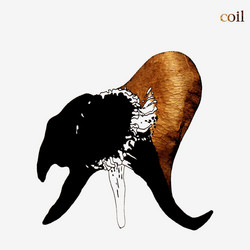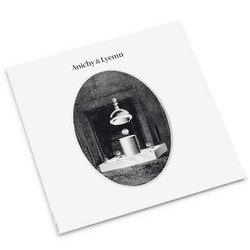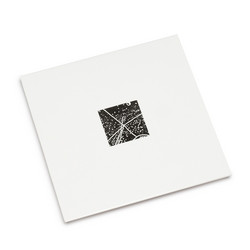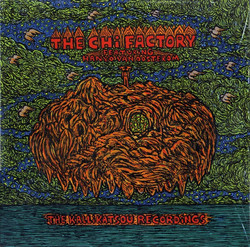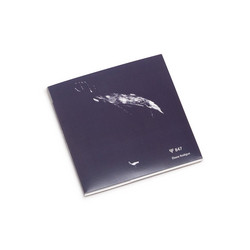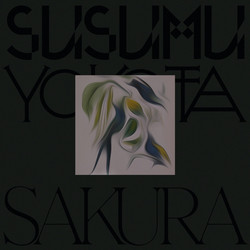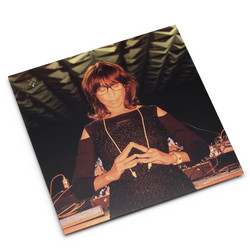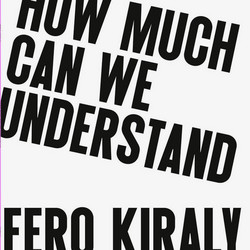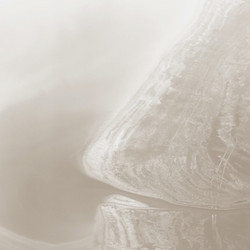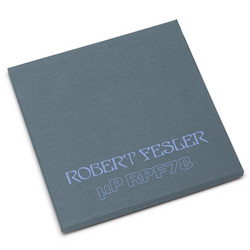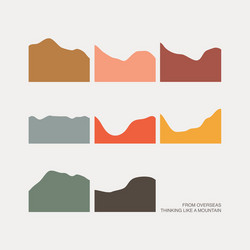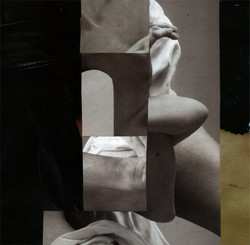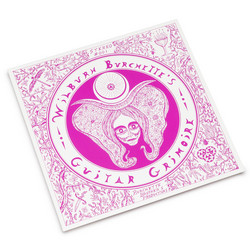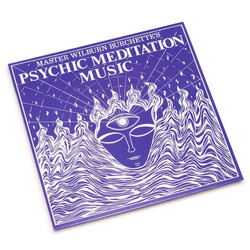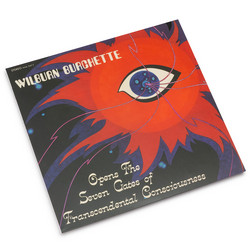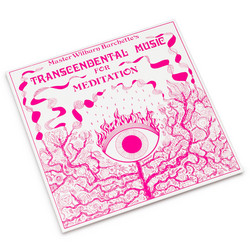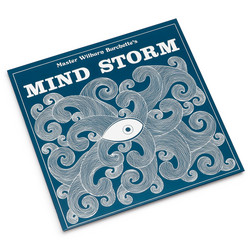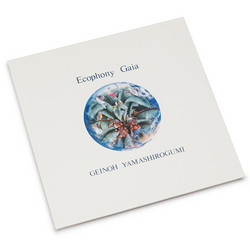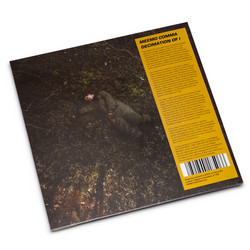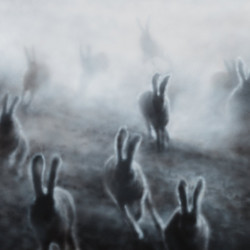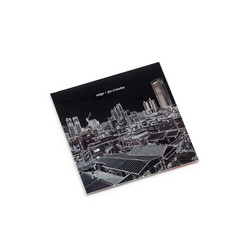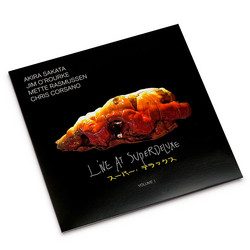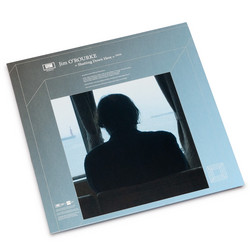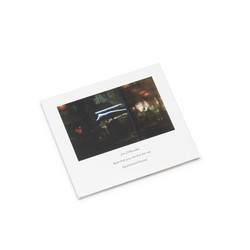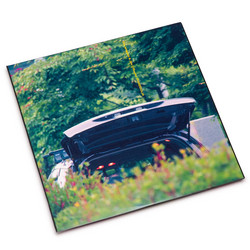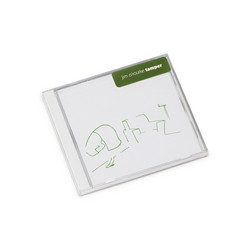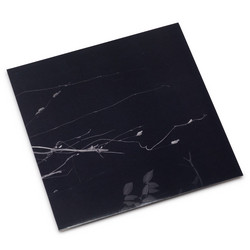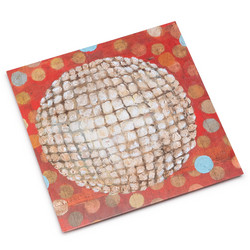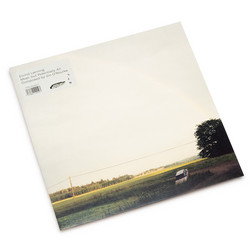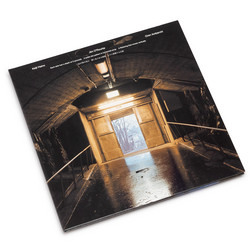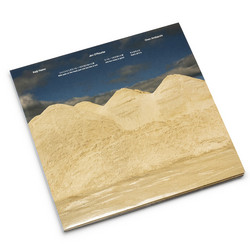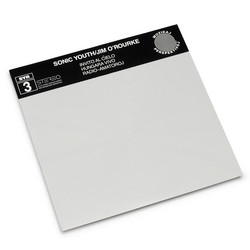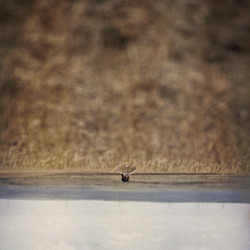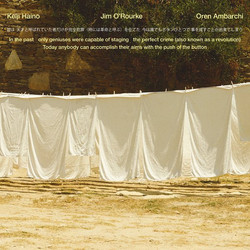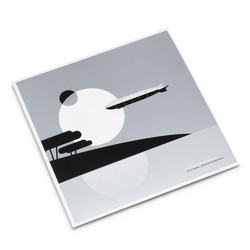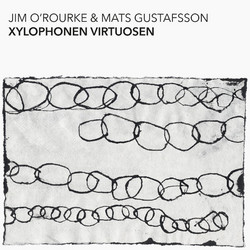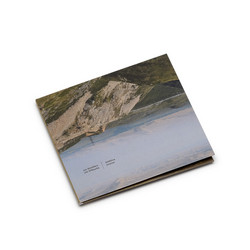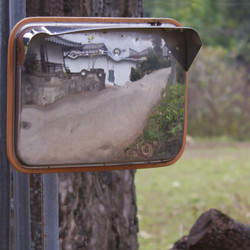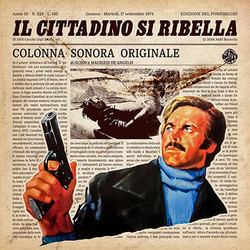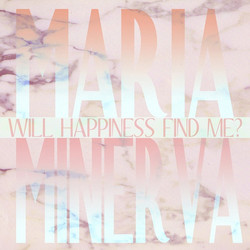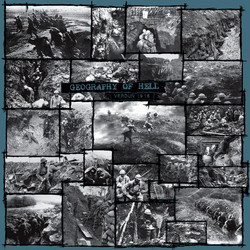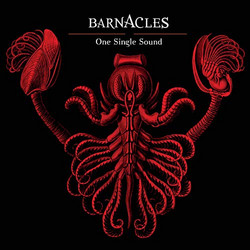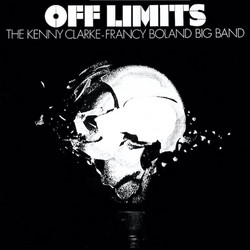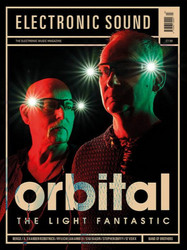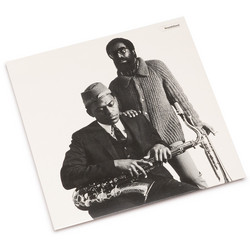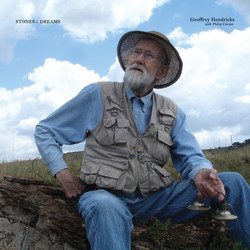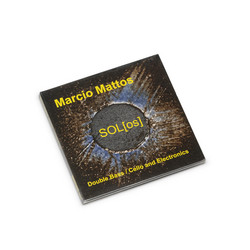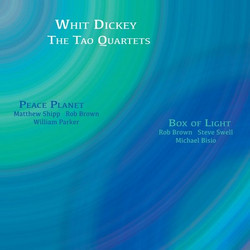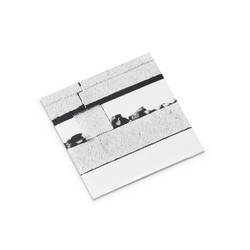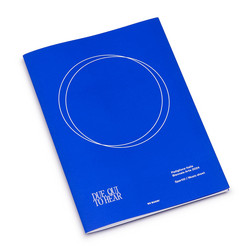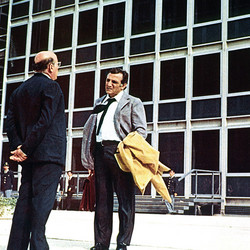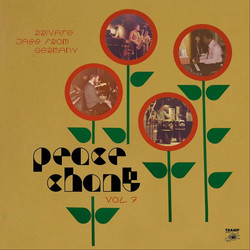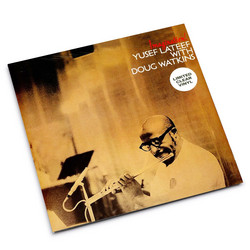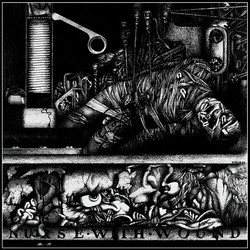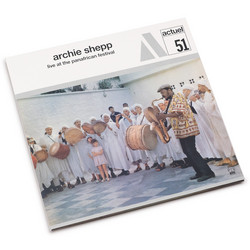1
2
3
File under: immersiveMeditative
Jim O’Rourke returns with his first physical solo album since 2015’s Simple Songs, following a relatively steady supply of download-only releases via his Steamroom Bandcamp (over 20 of them since 2015) and collaborations with John Duncan, Keiji Haino, Oren Ambarchi, Peter Brötzmann, Merzbow, Fennesz and others in the interim. Anyone familiar with his exceptional Steamroom output will have an inkling of what to expect here; this is Jim O’Rourke at his most meditative, absorbing and quietly subversive, making use of little more than synthesizer, pedal steel, piano and shortwave radio for one extended 45 minute piece (punctuated by a few moments of silence) designed to mess with contemporary notions of “Ambient” music.
Sleep Like It's Winter took O’Rourke two years to construct after being approached by the fledgling Newhere label to submit an Ambient album. As he explained recently in an interview with ele-king: "I didn’t set out to make an ambient record but it’s sort of about making an ambient record more than it’s an ambient record (laughing) you know? Pretty much everything I do is about what it is as opposed to being it. Just making any record in terms of “make a record in this genre” is anathema to me, but I decided to do it because it was such a revolting idea! (Laughs) Not that I dislike ambient music – I don’t mean that. That’s just not the way I think when I make things, so it was such a bizarre proposal that I decided to do it.”
Citing Brian Eno’s Discreet Music (as opposed to Eno’s work after the word Ambient had been adapted ) as well as Roland Kayn as influences, he goes on to explain "Roland Kayn was the biggest guy for me. Someone could call his music ambient but it’s way too aggressive for that. The idea of his music is you create the system and then you just let it go. The challenge is how can you create a system that still represents the ideas even though you’ve let it go. If you look at some of the last decade or so of Cage’s scores, like the number pieces, they create these systems. These later Number Pieces of his are really interesting because, if you do them correctly, they’re really constraining even though they don’t seem to be. Whereas someone like Kayn and what Brian Eno were doing, especially in the 70’s, they still want a result but they want to be hands off about it.”
The result is a layered and complex piece that takes multiple listens to fully get to grips with, revealing layers of detail deployed within a structure that seems to evaporate into its surroundings. In that respect, Sleep Like It's Winter subverts its brief with an incredible sleight of hand; a piece of music designed to actively, deeply engage but which camouflages itself into the background. It operates within the grid, however faint and hard to define.
"For me, in making this record, the most important thing was, “Where is a line where you decide to give up on formal structures completely?” and, “Where is a line where formal structures can still be perceived but they’re not being shouted at you? For me, in that way of thinking of music, which I’ve been moving towards my entire life slowly but surely (laughs)…"
Sleep Like It's Winter took O’Rourke two years to construct after being approached by the fledgling Newhere label to submit an Ambient album. As he explained recently in an interview with ele-king: "I didn’t set out to make an ambient record but it’s sort of about making an ambient record more than it’s an ambient record (laughing) you know? Pretty much everything I do is about what it is as opposed to being it. Just making any record in terms of “make a record in this genre” is anathema to me, but I decided to do it because it was such a revolting idea! (Laughs) Not that I dislike ambient music – I don’t mean that. That’s just not the way I think when I make things, so it was such a bizarre proposal that I decided to do it.”
Citing Brian Eno’s Discreet Music (as opposed to Eno’s work after the word Ambient had been adapted ) as well as Roland Kayn as influences, he goes on to explain "Roland Kayn was the biggest guy for me. Someone could call his music ambient but it’s way too aggressive for that. The idea of his music is you create the system and then you just let it go. The challenge is how can you create a system that still represents the ideas even though you’ve let it go. If you look at some of the last decade or so of Cage’s scores, like the number pieces, they create these systems. These later Number Pieces of his are really interesting because, if you do them correctly, they’re really constraining even though they don’t seem to be. Whereas someone like Kayn and what Brian Eno were doing, especially in the 70’s, they still want a result but they want to be hands off about it.”
The result is a layered and complex piece that takes multiple listens to fully get to grips with, revealing layers of detail deployed within a structure that seems to evaporate into its surroundings. In that respect, Sleep Like It's Winter subverts its brief with an incredible sleight of hand; a piece of music designed to actively, deeply engage but which camouflages itself into the background. It operates within the grid, however faint and hard to define.
"For me, in making this record, the most important thing was, “Where is a line where you decide to give up on formal structures completely?” and, “Where is a line where formal structures can still be perceived but they’re not being shouted at you? For me, in that way of thinking of music, which I’ve been moving towards my entire life slowly but surely (laughs)…"
Details
